Content

Activated carbon filters typically consist of a bed of activated carbon granules or powdered activated carbon. The activated carbon is usually made from materials with high carbon content, such as coconut shells, wood, or coal. The carbon is activated thr
Update: 02/06/2023
Share:




Basic Parameters of Activated Carbon
Size, Porosity Volume, and Surface Area
The porosity of activated carbon is measured in m²/g and is divided into 3 main types:
- Micro pore: With a size smaller than 2 nm, they occupy 95% of the surface area of carbon.
- Meso pore: Ranging from 2 - 50 nm, they account for at least 5% of the total surface area.
- Macro pore: With a size of 50 nm and above.
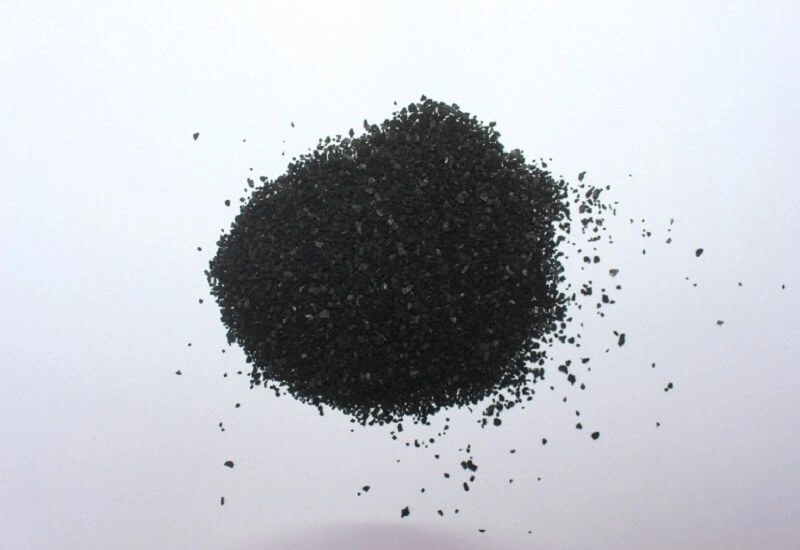
If the pores are large, the activity of the carbon decreases. Smaller pores are considered to enhance the quality of carbon due to better adsorption capabilities.
Iodine Number
- The iodine number is a fundamental index of activated carbon. It can calculate the specific surface area and adsorption capacity of the carbon.
- The iodine number typically ranges from 500 - 1200 mg/g. A higher iodine number indicates a higher activation level of carbon and vice versa.
Hardness
The hardness of carbon indicates its resistance to abrasion when in use.
The hardness of carbon depends on the quality of the raw materials and the level of activation process. Therefore, ensuring factors affecting the original hardness structure is crucial to improve the quality of carbon.
Particle Size Distribution
The particle size affects the accessibility of adsorbates to the surface of carbon.
Smaller particle sizes enhance adsorption capabilities. Precise calculations of particle size help in selecting materials with optimal pressure parameters to minimize energy consumption.
What is the Structure of Activated Carbon?
- Activated carbon is made from carbon with an amorphous structure. They can form multiple chemical connections with external factors in the environment.
- This structure includes surface area, porous holes, and the ability to adsorb and retain gas molecules, impurities, dissolved compounds from the environment.
- Activated carbon contains cracks, cavities, gaps, and pore regions on the surface. This creates a large surface area for chemical reactions and absorption of substances, odors, etc.
- Activated carbon can also be described by physical parameters such as particle size, pore size, surface area, and other related factors.
Thus, the structure of carbon influences the efficiency and application of the material in water treatment, odor removal, air purification, and other applications.
Basic Structures
Carbonization Structure
In its natural state, activated carbon does not have a graphite plate structure. However, during the production process, slow heating in a minimal oxygen environment to temperatures above 145oF will fix this structure into a graphite plate.
The specific arrangement of angles, distances, and voids in the structure will vary depending on the raw materials used for carbon.
Maximum Apparent Density and Porosity
- The carbonization structure is limited due to the influence of porosity and density.
- The carbonized material must be activated through sequences involving physical or chemical treatments to remove carbon materials properly.
- Different activation processes will create different variants of carbon with distinct structures. The relationship between the apparent density of activated carbon and porosity is usually inversely related.
- The higher the porosity of carbon, the more carbon atoms are removed, and the maximum apparent density will be lower.
Properties of Activated Carbon
Each variant of carbonization structure has its unique and predictable characteristics. Therefore, users can rely on the form to choose the appropriate type of carbon.
Some properties of activated carbon include:
- Ability to remove unwanted compounds through adsorption processes.
- Carbon Tetrachloride Activity (CTC): Reflects the porosity of carbon when applied in air, vapor.
- Chlorine Reduction Capacity: The depth at which the activated carbon layer needs to remove chlorine from the liquid stream.
Above are the information about the structure of activated carbon. Hopefully, it has helped you understand more about this material, its structure. If you are planning to buy high-quality activated carbon at a good price, please contact us for the most necessary advice.
Update: 02/06/2023
Share:




Related news
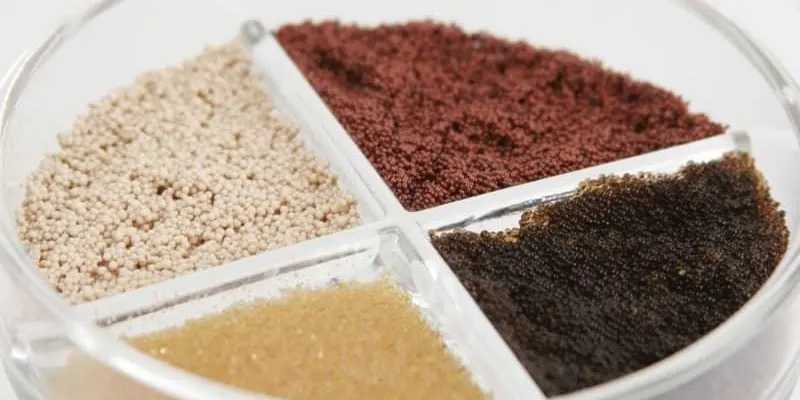
Ion exchange resin: Efficient and cost-effective water treatment
Developed since the early 20th century, ion exchange resin beads have become an indispensable part of the water treatment industry. With superior ability to remove impurities and harmful ions in water such as Ca2+ and Mg2+, ion exchange resin beads are also commonly referred to as water softening resin beads, leading the way in today's green technology race. Not only do they help improve water quality, but they also contribute to environmental protection and sustainable development. Let's delve deeper into the role and applications of ion exchange resin beads with Toan A JSC in the article below!
Created at: 19/08/2024
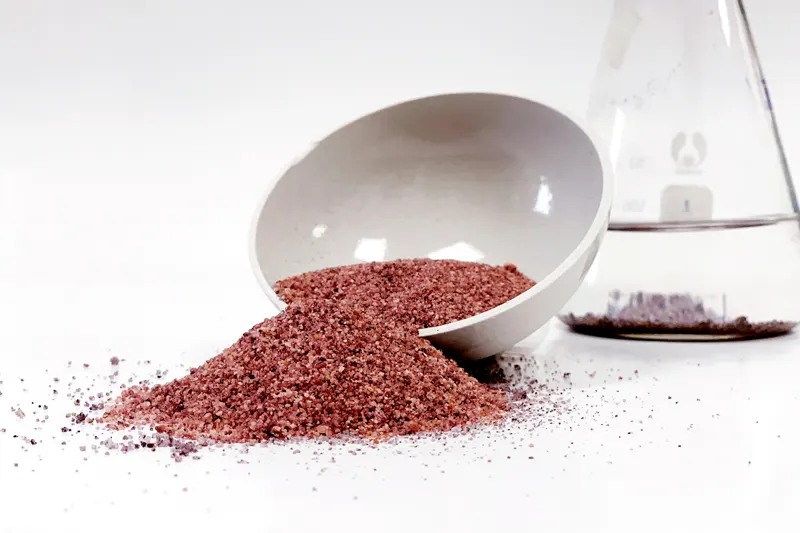
Ferman beads: the leading expert in removing iron and manganese from water
Amidst the increasing challenge of water pollution, it has become imperative to research and discover new environmentally friendly and highly efficient water treatment materials. This is particularly crucial as many households continue to rely on well water or surface water for their daily needs and activities. Notably, these water sources often have elevated levels of Iron and Manganese contamination, posing health risks and disrupting daily life. Developing effective solutions for treating water contaminated with Iron and Manganese is essential not only for ensuring clean water quality but also for safeguarding our environment.
Created at: 08/08/2024
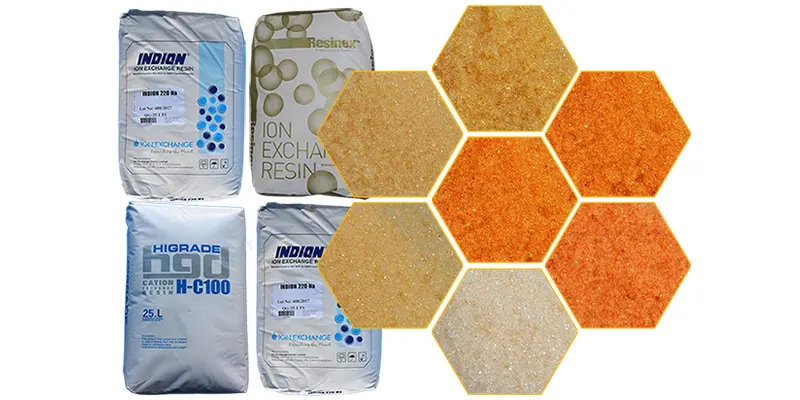
Resin is an organic substance with ion exchange properties, commonly used in water filtration processes to remove undesirable ions. Resin beads are typically made from synthetic polymers and have the ability to absorb and replace ions in water
What is Resin Bead, its properties, characteristics, and applications of this ion exchange resin will be the content shared by experts from Toan A. Let's explore the following content to answer this question.
Created at: 16/04/2024










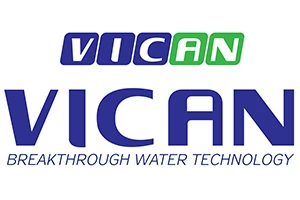






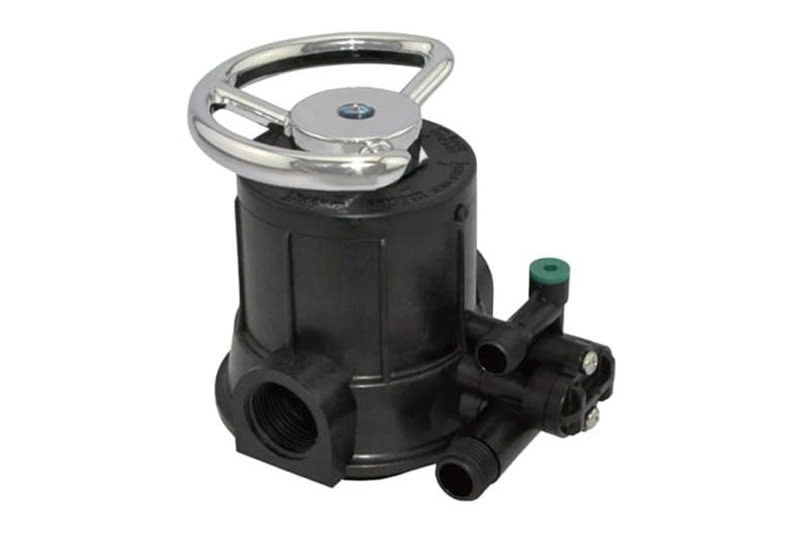





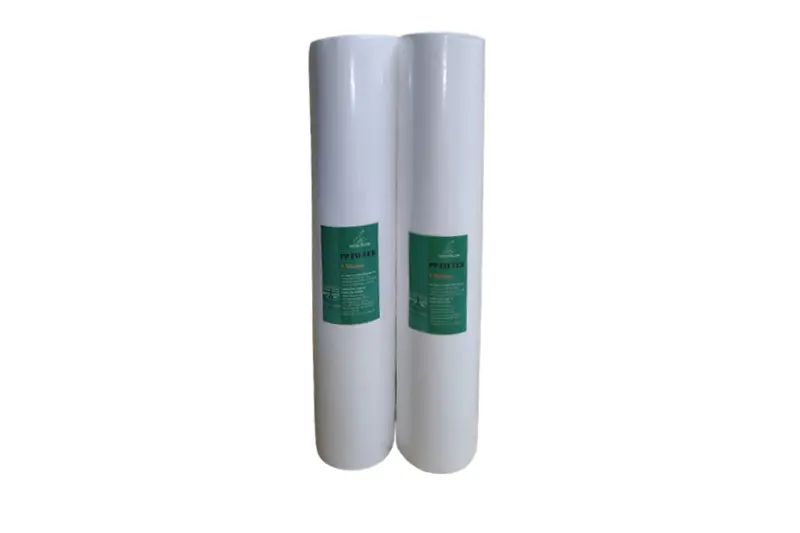



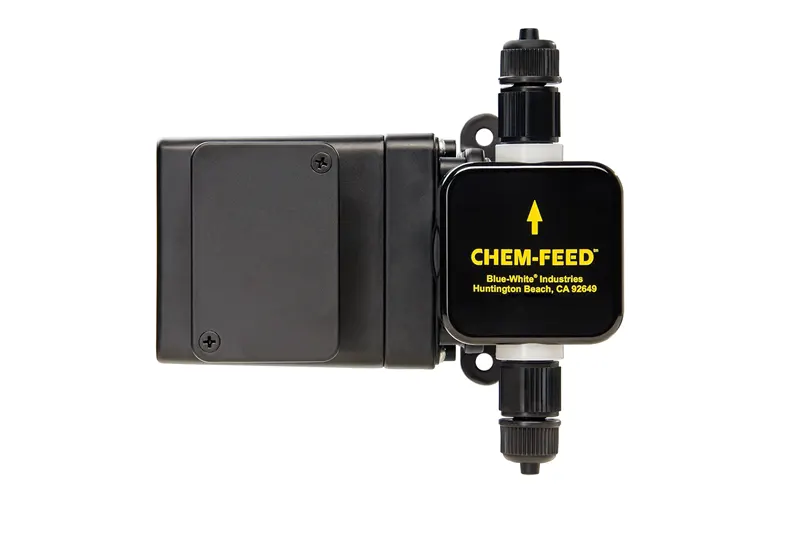
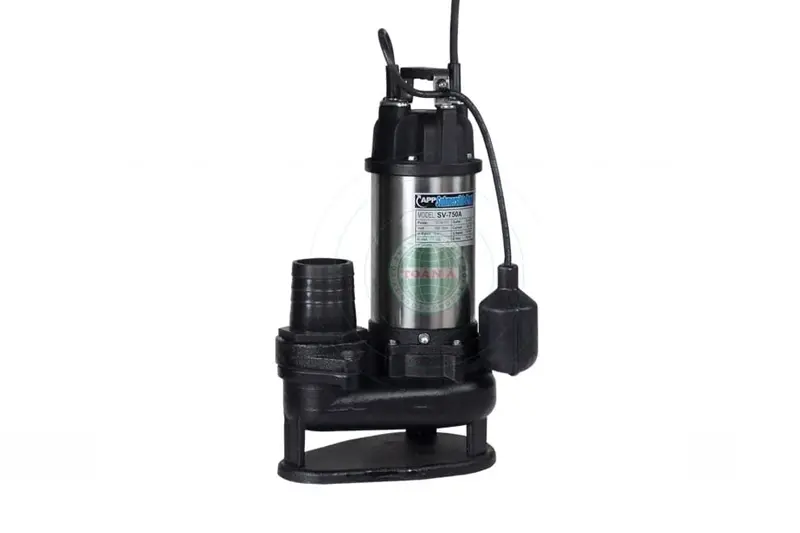



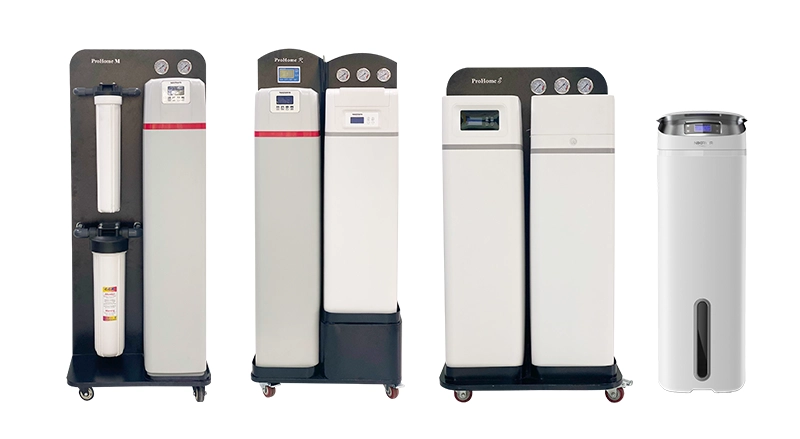
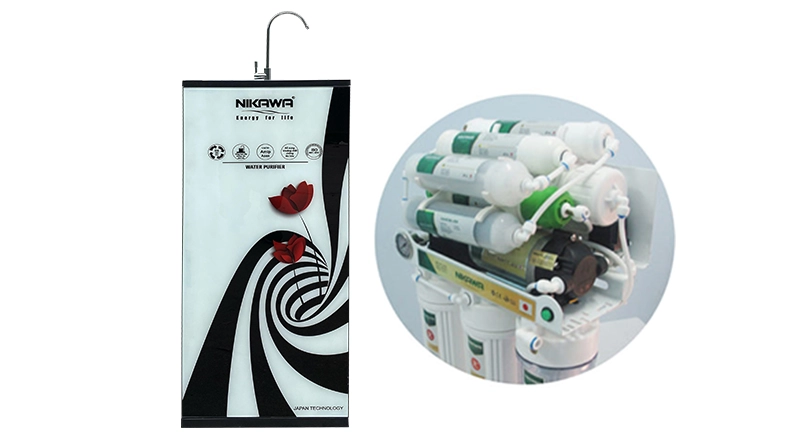
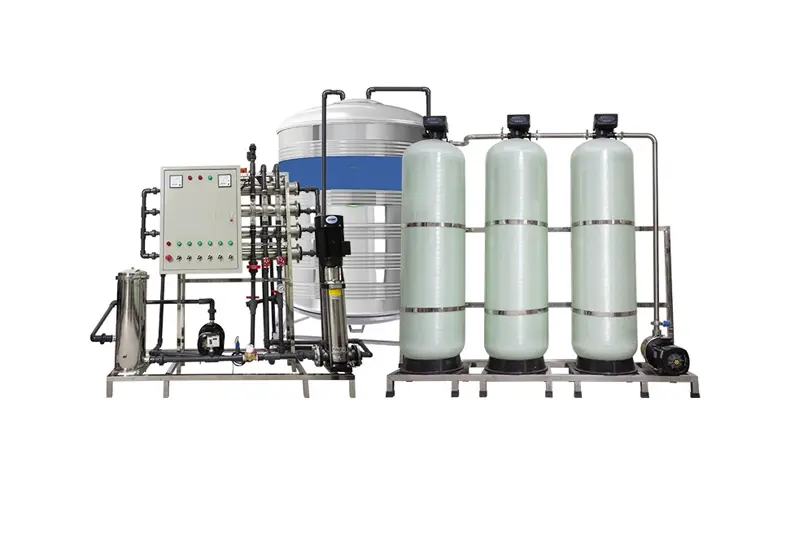
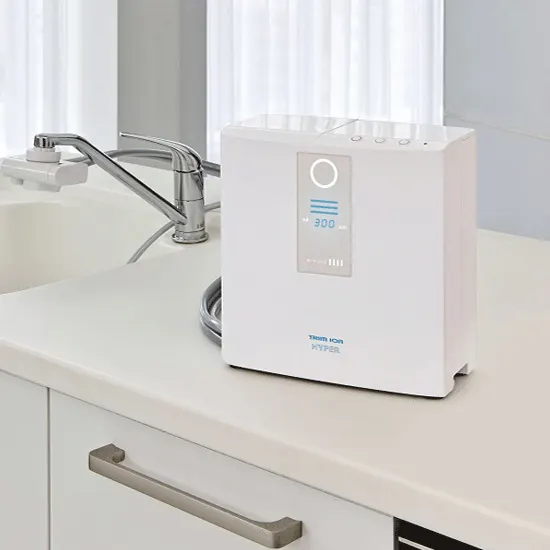
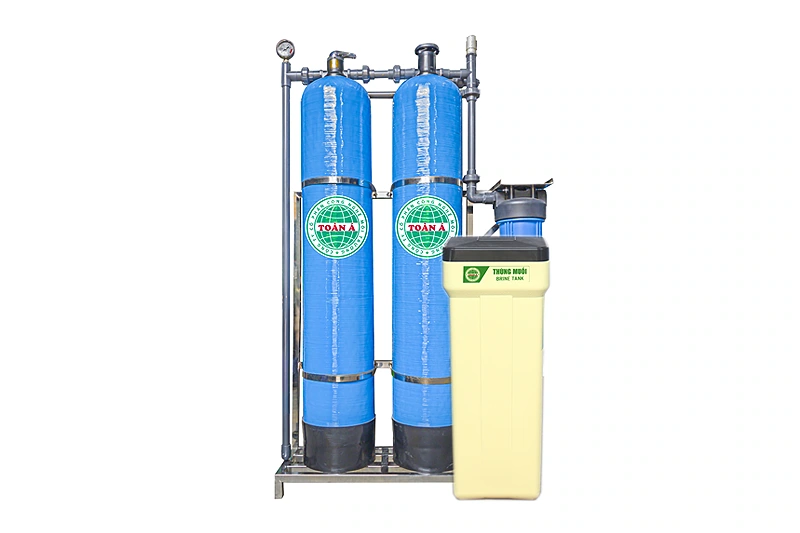


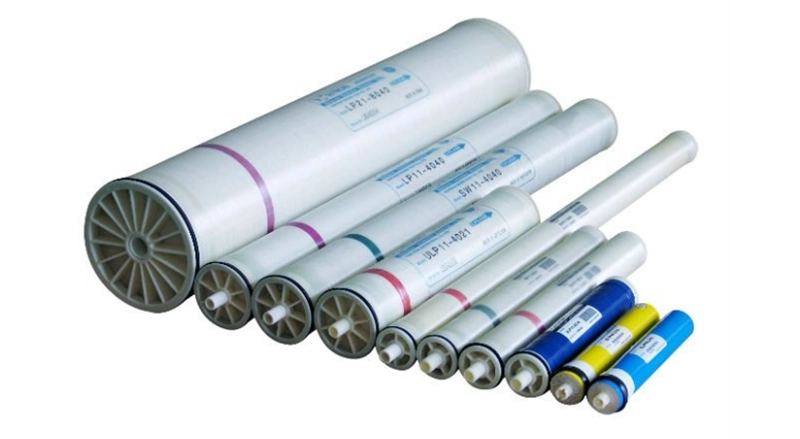
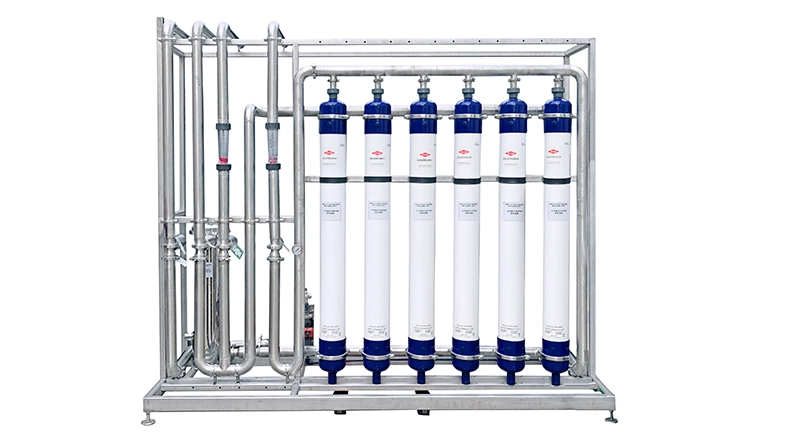


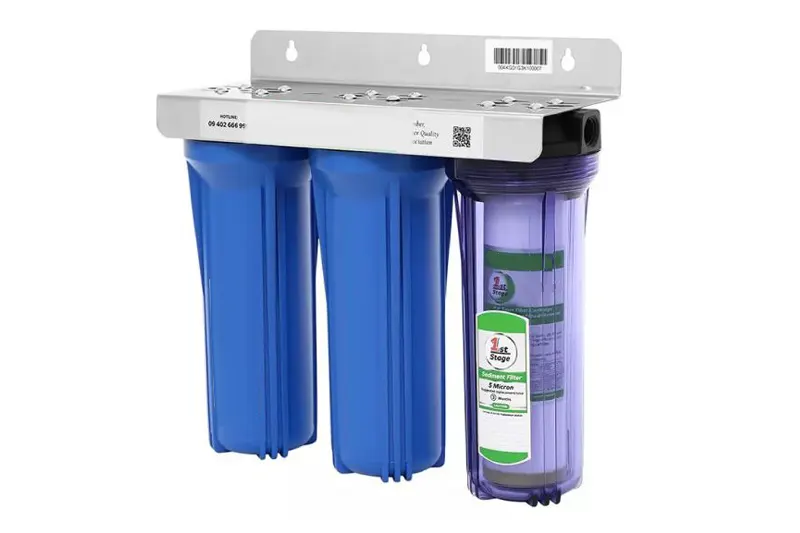

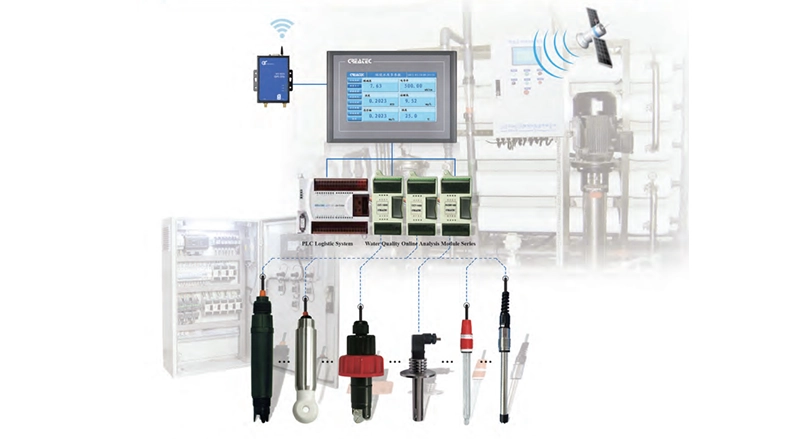
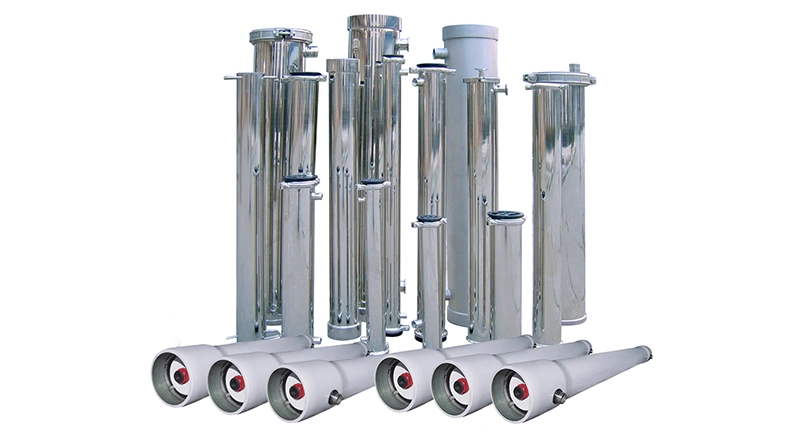
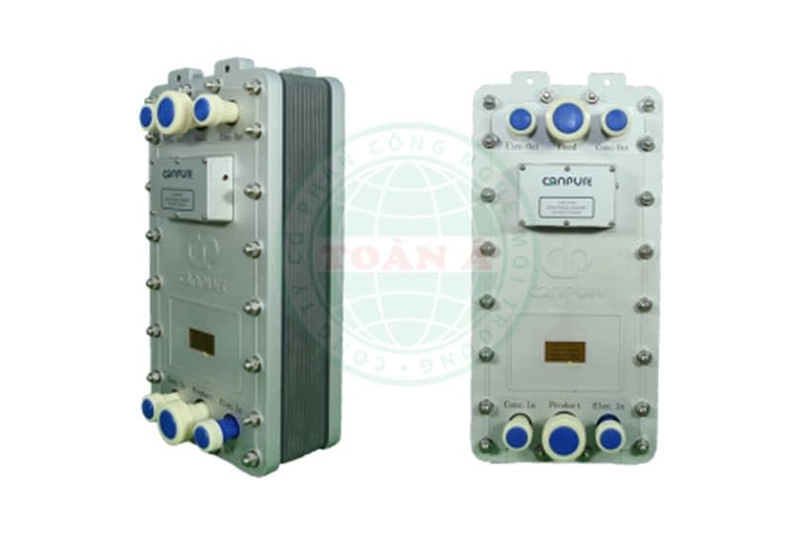
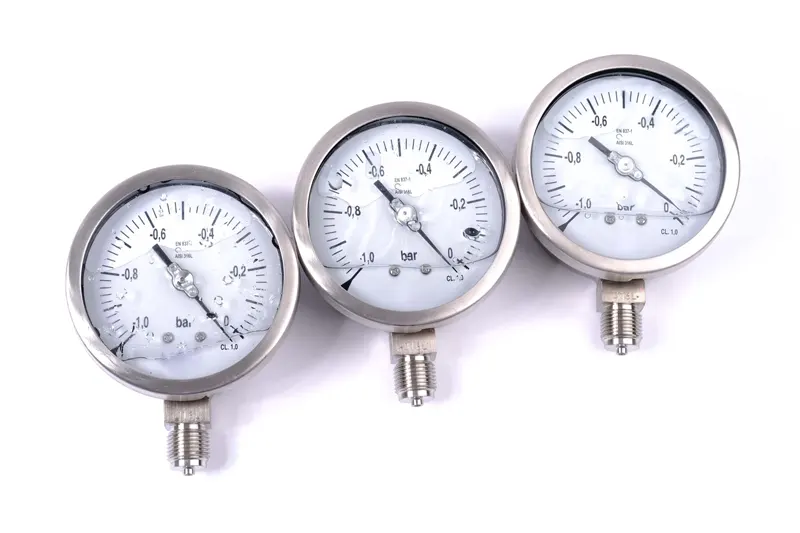
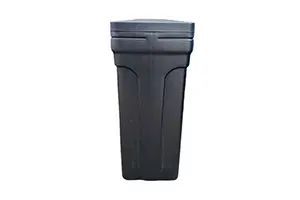


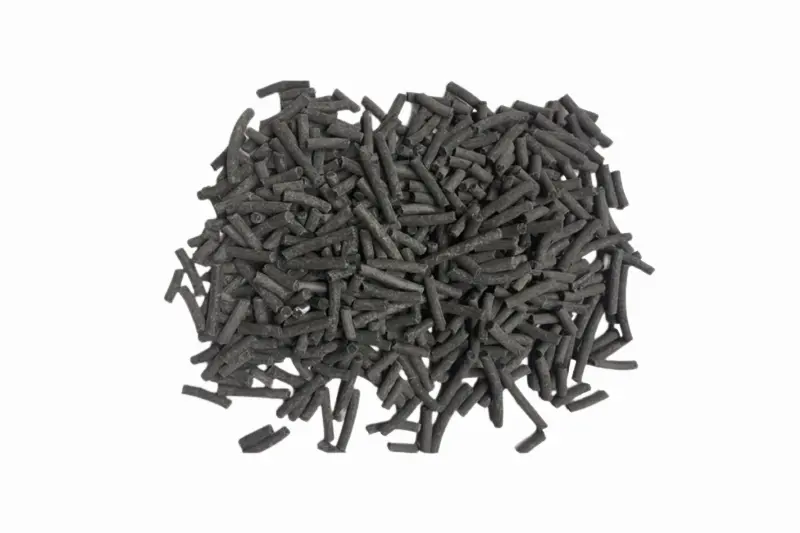
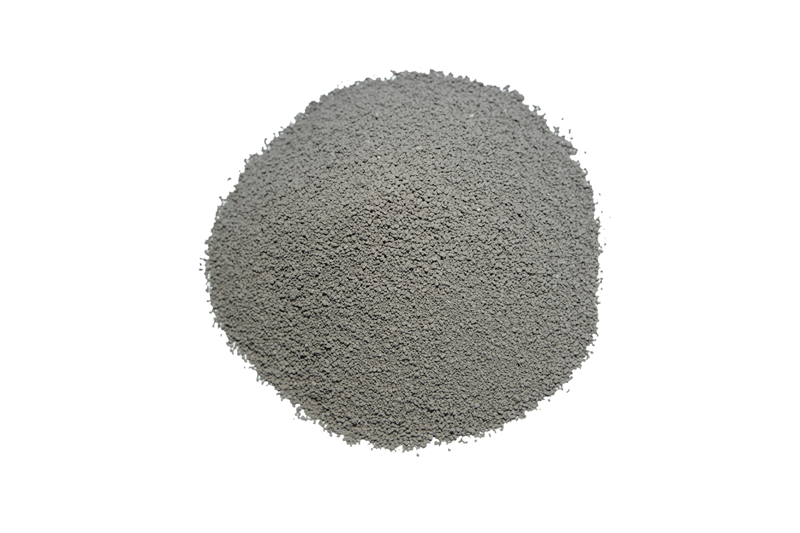
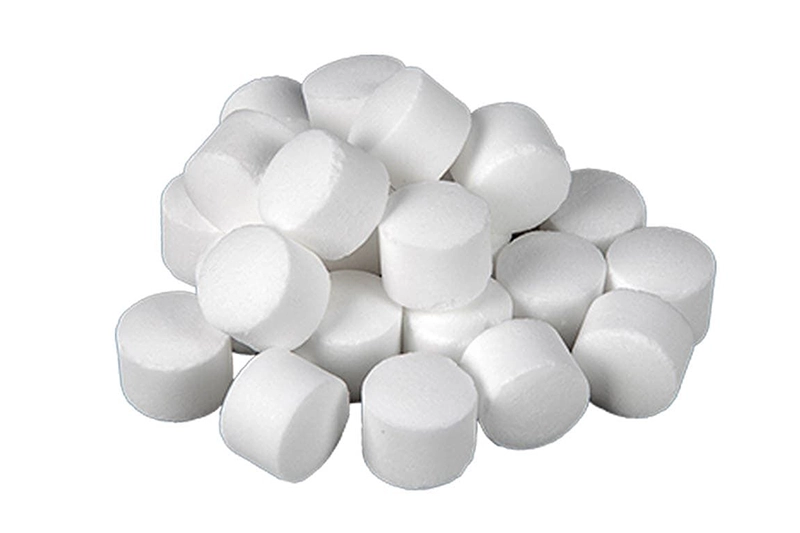
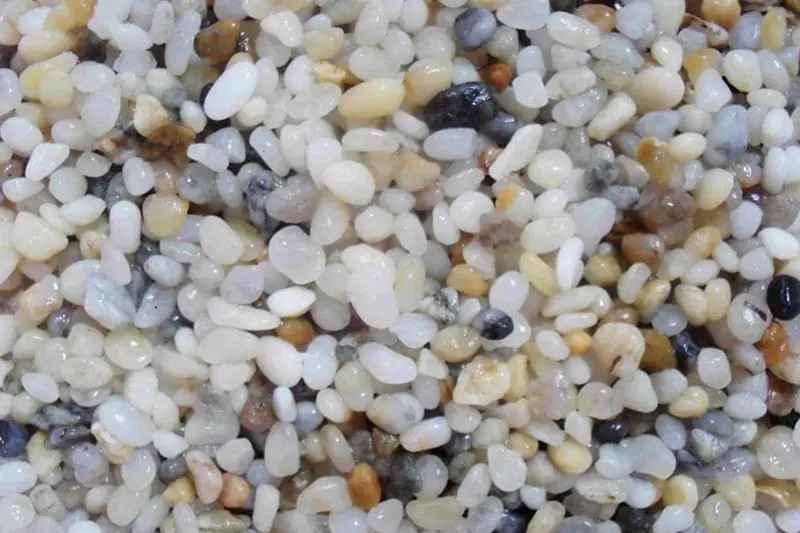
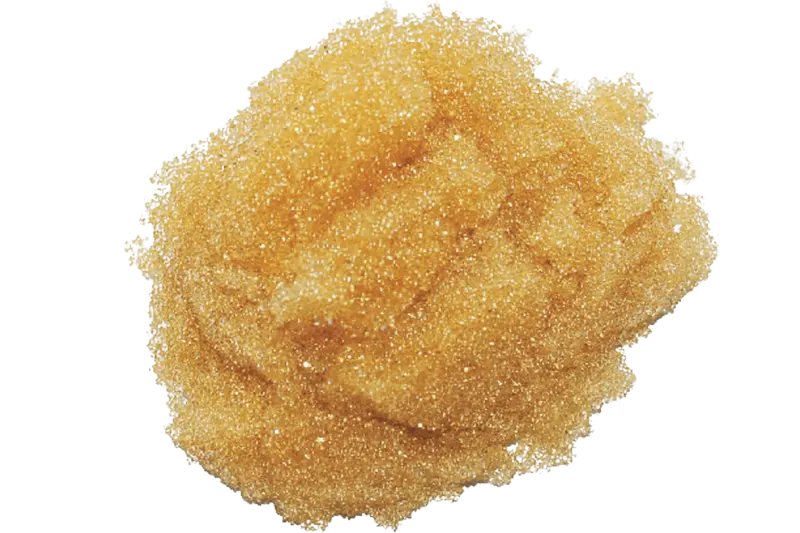








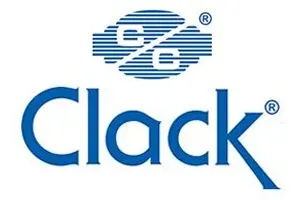


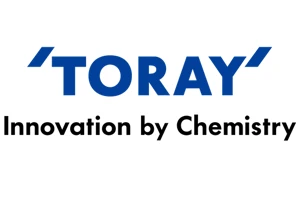

 Water Filter Columns
Water Filter Columns
 Water Filtration Membranes
Water Filtration Membranes
 Control Valves
Control Valves
 Water Filter Cartridges
Water Filter Cartridges
 Water Pumps
Water Pumps
 Water Filtration Equipment
Water Filtration Equipment
 Water Filtration Components
Water Filtration Components
 Water Filtration Materials
Water Filtration Materials
 Heat Pump Water Heaters
Heat Pump Water Heaters



 Products
Products  Solutions
Solutions  Project
Project  News
News